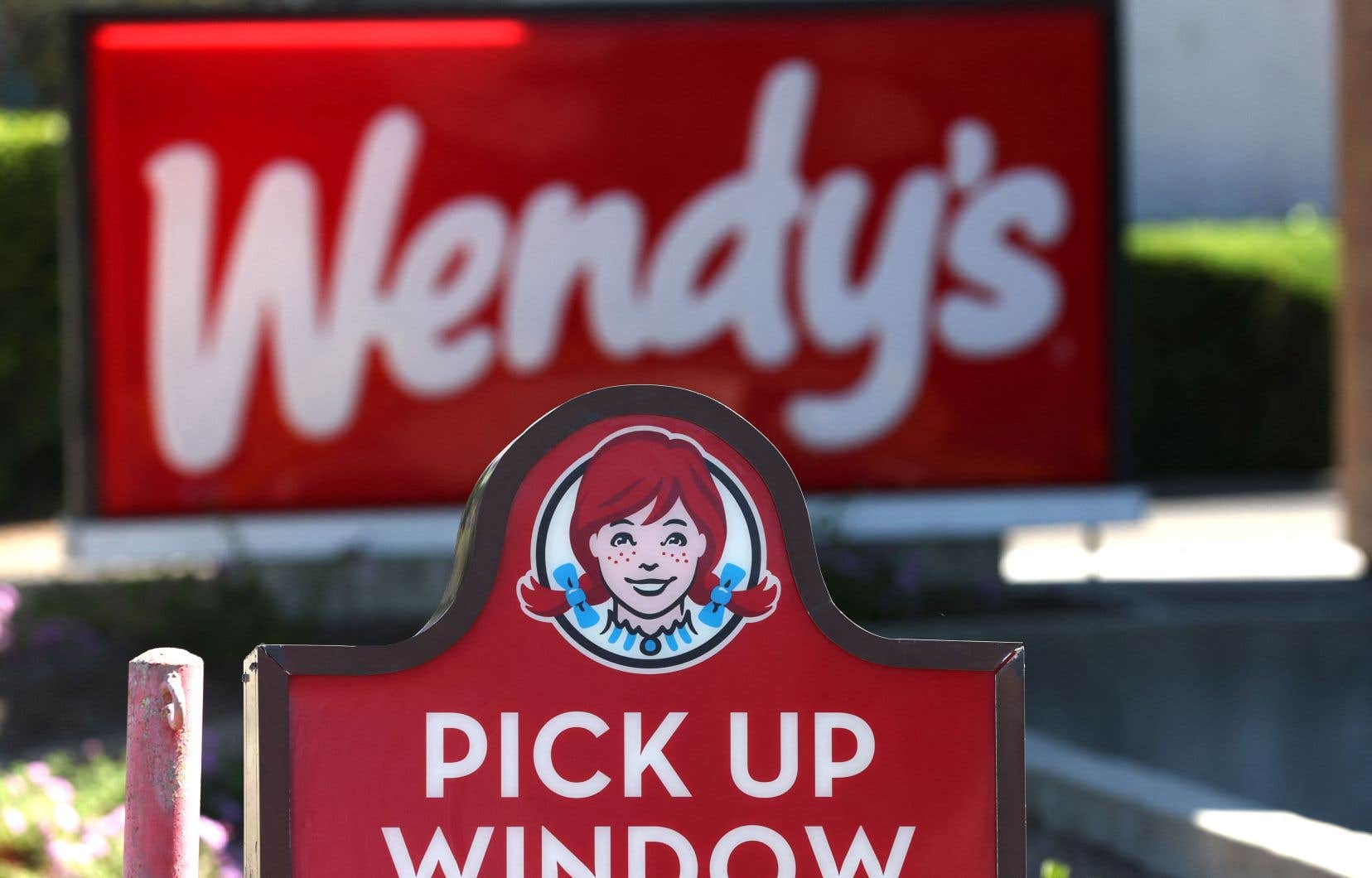Like plane tickets or shows, a burger from the fast food chain Wendy’s could cost more at peak times in 2025, a strategy described as a “very bad idea” and risky by experts.
Kirk Tanner, boss of the fast food chain since the beginning of February, wants to test several features enhanced with artificial intelligence such as changing menus on its new digital panels and suggestions for additions to customer orders, as well as higher prices in period of high demand.
“When people are hungry, they want to eat right away. If the price is higher because it’s rush hour, they’re not going to wait for it to go down. They’re going to go to the competitor,” comments John Zhang, professor of marketing at the Wharton business school at the University of Pennsylvania.
The dynamic pricing that Wendy’s wants to experiment with in a year “is a very bad idea,” he thinks.
“Customers will find it unfair and unreasonable to pay more for the same product, they will be angry and leave, never to return,” he warns.
Sarah, a 24-year-old teacher, considers the strategy “very strange”. “I’ve never heard of that,” she said. “It can discourage people from buying food. »
Experimenting with the price increase “is interesting but it risks exasperating customers and sowing confusion, particularly among regulars,” said Neil Saunders, director at GlobalData.
“The benefit for Wendy’s will be to maximize its revenue and, perhaps, stimulate demand during off-peak periods,” he adds, by encouraging consumers to avoid price spikes.
But, for him as for Professor Zhang, the best option would instead be to encourage customers to come during quieter periods by offering them discounts.
Weekday discounts
According to the National Restaurant Association’s 2024 report, 85% of adults surveyed said they would be willing to take advantage of dining discounts on weekdays when crowds are lower.
And 84% would eat outside peak hours if there were discounts.
The association points out that the restaurant industry has been juggling pricing dynamics for a long time, with special offers for first arrivals (early birds) where the happy hours.
Now, thanks to new technologies (mobile applications, Internet orders, digital menus, QR codes, etc.), restaurants can adapt in real time to demand.
And thus fill their cash drawers as much as possible during the busiest periods and improve their margins which have been eroded by inflation in the prices of food products.
Encouraging customers to avoid peak hours also makes it possible to compensate for the lack of labor from which the sector in the United States has suffered since the pandemic.
Purvi Shah, a lecturer at the Worcester Polytechnic Institute (WPI) School of Business, said the crucial element for a company wanting to implement a price increase during a surge is determining “the elasticity of the request”.
That is to say the extent of the additional cost that the consumer will accept before turning away from the brand.
Wendy’s “is going to take a risk by counting on the reward.”
But we will have to be “transparent about the process and educate the consumer, otherwise they will find it unfair or suspicious,” explains M.me Shah, pointing out that with social media, any misstep can be punished harshly and quickly.
This, according to her, is the misfortune experienced by the British pub chain Slug and Lettuce in 2023 when it wanted to increase by twenty pennies (23 euro cents) the price of a pint of beer during public hours. point.
“The rejection was brutal on X”, formerly Twitter, she says.
If Wendy’s experiment is a success, it’s a safe bet that dynamic pricing will be adopted by other brands.
But, unlike a show or a plane whose capacity is limited, competition is very keen in restaurants, especially in big cities and in the world of fast food where the chains are never far from each other.
“Wendy’s won’t be able to do it everywhere, only in places where there is no real alternative,” notes Mme Shah.
